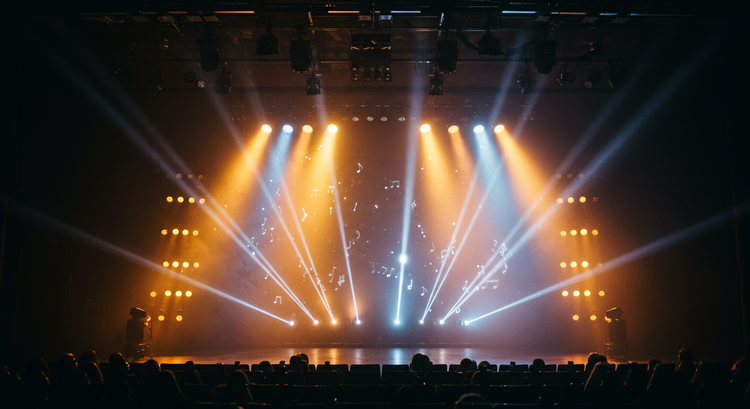
Introduction
Modern theater combines a multitude of expressive means: text, music, scenography, actor's movement, and light. In this system, light ceases to be merely a technical tool and becomes a full-fledged artistic language. One of the key concepts in the practice of a lighting designer is the "lighting score"—a detailed organization of lighting design, comparable to a musical score.
Light and Music: Points of Contact
Light and music possess similar expressive qualities: rhythm, dynamics, contrast, harmony. Experiments show that when the tempo of musical and lighting changes coincides, a special resonance in perception arises. Even intentional “dissonance”—when light contradicts the music—can enhance the dramatic effect and become an artistic device.
The "Lighting Score" of a Performance
The lighting score records the sequence and character of lighting positions in a performance. It reflects:
- a list of lighting positions;
- a plan for the placement of lighting equipment;
- a list of equipment and filters;
- the dynamics of lighting changes, coordinated with the music and actors' movements.
The Method of "Lighting Direction"
The term “lighting direction” was introduced by T.I. Bachelis in relation to the works of E. Gordon Craig. This method involves forecasting audience perception through light, similar to how a director works with actors. Lighting direction is the organization of “effects addressed to vision,” enhancing the intent of the poet and musician.
The Practice of Creating a Lighting Score
The work of a lighting designer goes through a series of steps:
- Analysis of the play or musical score.
- Study of the sets, costumes, and actors’ movements.
- Creation of a lighting design script.
- Fixation of all parameters in the lighting score.
This process allows the lighting fabric of the performance to be not random, but artistically motivated and organic.
Consistency and Dissonance of Light and Sound
In most cases, the lighting designer strives for parallelism between light and music—emphasizing their unity. But sometimes, it is precisely the “breaking” of this unity that provides a powerful dramatic effect. Random unmotivated changes are permissible only in special cases, when it is necessary to attract the audience’s attention or disrupt the habitual rhythm.
A Deeper Look into the Art of Lighting:
Want to learn more about stage lighting control? This article is just a prelude to what theatrical lighting can achieve. To gain a deep and systematic understanding, explore the full chapters and extended materials from Vladimir Lukasevich’s monumental work, The Magic of Light:
Recommended Materials for Further Study:
- A fragment from the practical guide The Magic of Light, first published in 2013.
- Stage Lighting & Sound: Integration, Perception, History, and Creative Design.
- What Does a Lighting Designer Create? A Dynamic Communicative Environment.
- The Lighting Designer’s Tools: Controllable Properties of Stage Lighting.
Discover how light transforms into a complete language of theatrical art.
Conclusion
The "lighting score" is a tool that transforms light from a technical function into an independent artistic means. It shapes audience perception just as music shapes auditory perception. Understanding the principles of lighting direction and the ability to build consistency between light and music allow for the creation of performances where the visual and auditory rows become a unified work of art.
© Material based on The Magic of Light by Vladimir Lukasevich.
